Top Korean cultural heritages go on display in centennial of nat`l museum
ByPublished : March 30, 2010 - 13:29
Top Korean treasures, craft and artworks, including an ancient tomb painting and paintings currently owned by Japan and the United States, will go on display from Monday in an exhibition commemorating the centennial of Korea`s national museum, according to Yonhap News.
"The 100th Anniversary of Korean Museum," running through Nov.
8 at the National Museum of Korea, central Seoul, will feature some 150 ancient artworks including "Mongyudowondo (Dream Journey to the Peach Blossom Land)," by Joseon Dynasty (1392-1910) painter Ahn Gyeon, and No. 207 national treasure "Cheonmado (Painting of the Heavenly Horse)," which are works rarely disclosed to the general public.
This year marks the centennial of year 1909 when King Sunjong (1874~1926) opened the Imperial Museum, the predecessor of the National Museum of Korea, to share the cultural assets with the public.
"We hope this exhibition will become a stepping stone in mapping out another 100 years of Korean museums and preserving and developing our cultural heritages," the museum`s director Choe Kwang-shik said on the museum Web site.
"Mongyudowondo," a 1447 painting Ahn Gyeon created for Joseon Prince Ahnpyeong in three days is considered the oldest landscape painting by a Korean artist.
Currently housed in the central library of Tenri University in Japan and designated a Japanese national treasure, the painting will go on display in Seoul for nine days from Sept. 29 as the first local showing since 1996.
Depicting Ahn Gyeon`s dream, the painting is considered one of the most representative artworks of the Joseon Dynasty with several replicas produced over the past decades. It was found in 1893 in Kagoshima, Japan, and purchased by Tenri University in the early 1950s.
"Cheonmado" is the only surviving picture of Korea`s Silla Kingdom (57 B.C.-A.D. 936), excavated from Cheonmachong, or the Heavenly Horse Tomb, in Silla`s capital Gyeongju.
The name of the tomb, a wood-lined chamber excavated in 1973, derives from the famous painting of a white horse which has eight legs and is depicted with wings on its feet.
The painting is said to indicate the importance of horse culture in the ancient Silla society and also the central role of the king in shamanism practiced by its people. The painting was displayed for a short while in 1997 and was kept hidden in the National Museum of Korea`s special warehouse for decades. It will be displayed for 13 days through Oct. 11.
Another rare local showing would be that of "Suwolgwaneumdo (Water-Moon Avalokiteshvara)," a Buddhist painting dating back to the Goryo and Joseon Dynasties (A.D. 918 -1910). Currently owned by the U.S. Metropolitan Museum of Art, it is the first time locals will be seeing the actual painting.
"The 100th Anniversary of Korean Museum," running through Nov.
8 at the National Museum of Korea, central Seoul, will feature some 150 ancient artworks including "Mongyudowondo (Dream Journey to the Peach Blossom Land)," by Joseon Dynasty (1392-1910) painter Ahn Gyeon, and No. 207 national treasure "Cheonmado (Painting of the Heavenly Horse)," which are works rarely disclosed to the general public.
This year marks the centennial of year 1909 when King Sunjong (1874~1926) opened the Imperial Museum, the predecessor of the National Museum of Korea, to share the cultural assets with the public.
"We hope this exhibition will become a stepping stone in mapping out another 100 years of Korean museums and preserving and developing our cultural heritages," the museum`s director Choe Kwang-shik said on the museum Web site.
"Mongyudowondo," a 1447 painting Ahn Gyeon created for Joseon Prince Ahnpyeong in three days is considered the oldest landscape painting by a Korean artist.
Currently housed in the central library of Tenri University in Japan and designated a Japanese national treasure, the painting will go on display in Seoul for nine days from Sept. 29 as the first local showing since 1996.
Depicting Ahn Gyeon`s dream, the painting is considered one of the most representative artworks of the Joseon Dynasty with several replicas produced over the past decades. It was found in 1893 in Kagoshima, Japan, and purchased by Tenri University in the early 1950s.
"Cheonmado" is the only surviving picture of Korea`s Silla Kingdom (57 B.C.-A.D. 936), excavated from Cheonmachong, or the Heavenly Horse Tomb, in Silla`s capital Gyeongju.
The name of the tomb, a wood-lined chamber excavated in 1973, derives from the famous painting of a white horse which has eight legs and is depicted with wings on its feet.
The painting is said to indicate the importance of horse culture in the ancient Silla society and also the central role of the king in shamanism practiced by its people. The painting was displayed for a short while in 1997 and was kept hidden in the National Museum of Korea`s special warehouse for decades. It will be displayed for 13 days through Oct. 11.
Another rare local showing would be that of "Suwolgwaneumdo (Water-Moon Avalokiteshvara)," a Buddhist painting dating back to the Goryo and Joseon Dynasties (A.D. 918 -1910). Currently owned by the U.S. Metropolitan Museum of Art, it is the first time locals will be seeing the actual painting.


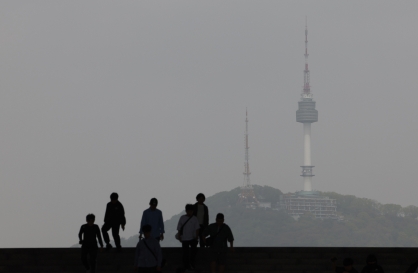
![[AtoZ Korean Mind] Does your job define who you are? Should it?](http://res.heraldm.com/phpwas/restmb_idxmake.php?idx=644&simg=/content/image/2024/05/06/20240506050099_0.jpg&u=)

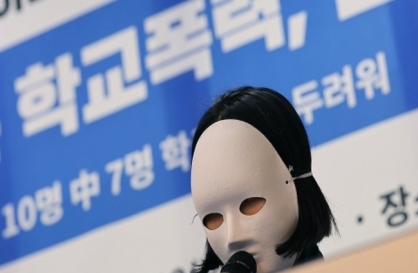



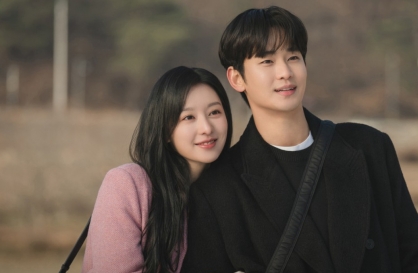



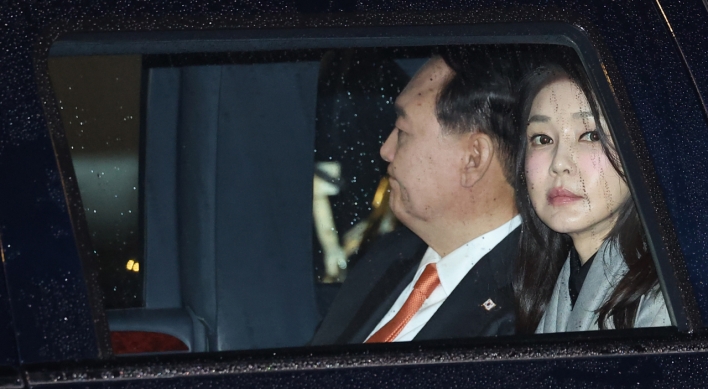

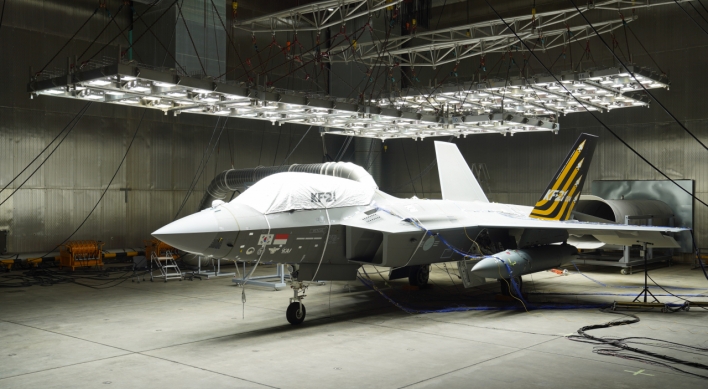
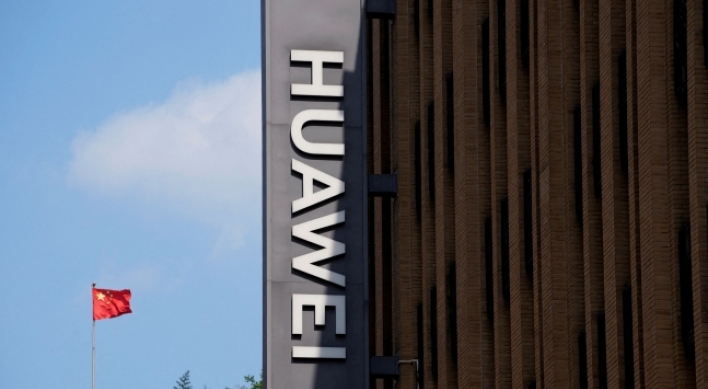

![[K-pop's dilemma] Is Hybe-Ador conflict a case of growing pains?](http://res.heraldm.com/phpwas/restmb_idxmake.php?idx=642&simg=/content/image/2024/05/07/20240507050746_0.jpg&u=)